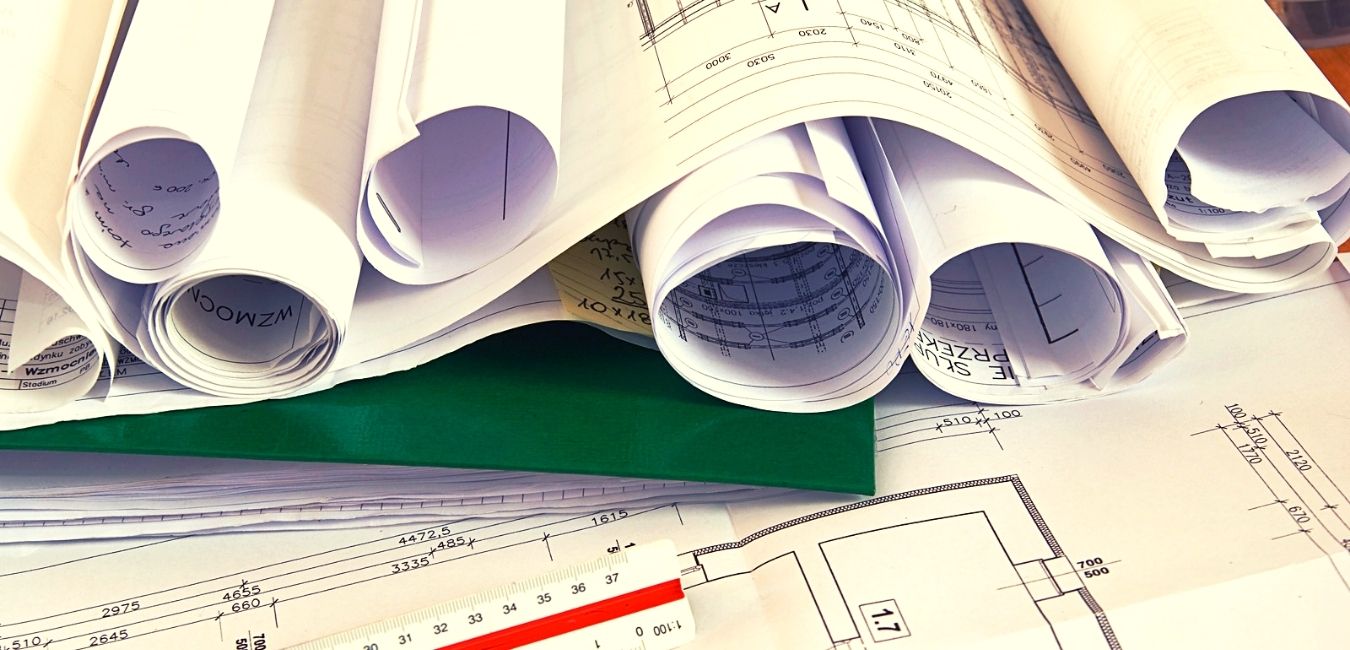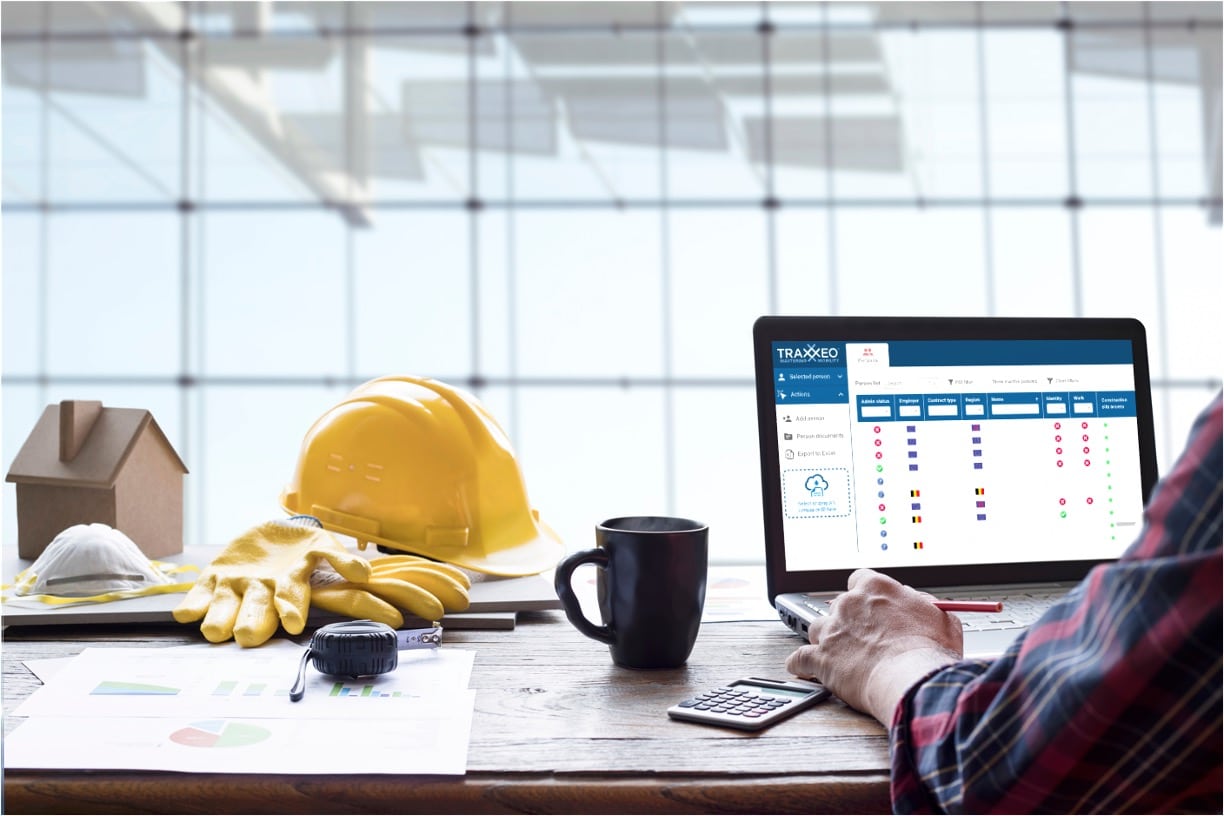Boost Your Task Management: Construction Document Management Devices You Required
Boost Your Task Management: Construction Document Management Devices You Required
Blog Article
Optimizing Project Partnership: Designer's Ideal Practices in Building And Construction File Administration
In the intricate world of architectural tasks, the effective monitoring of building files stands as a keystone for success. Designers, with their precise focus to detail and cutting-edge style solutions, are charged with orchestrating a harmony of timelines, sources, and stakeholders. However, in the middle of this intricacy lies a sixty-four-thousand-dollar question: how can designers simplify partnership procedures to enhance job end results? By exploring crucial strategies such as leveraging cloud-based platforms, developing durable communication protocols, and ensuring information security, designers can raise their record management practices to brand-new elevations.
Leveraging Cloud-Based Systems
Leveraging cloud-based platforms is a fundamental strategy for modern engineers in maximizing building and construction document management processes. By transitioning from traditional paper-based systems to cloud solutions, architects can streamline cooperation, boost document ease of access, and improve overall project performance. Cloud-based systems supply engineers the capability to shop, share, and upgrade building and construction papers in real-time, making certain that all employee have access to one of the most current info despite their location. This accessibility advertises seamless communication and control among project stakeholders, leading to less mistakes and delays in the construction procedure.
Moreover, cloud-based platforms offer a secure setting for keeping sensitive job info, offering security, regular backups, and customer authorization settings to shield data stability. Architects can likewise profit from the scalability of cloud services, permitting them to adjust storage ability and performance based upon project requirements. Generally, leveraging cloud-based platforms empowers engineers to optimize their building record management processes, driving better partnership, effectiveness, and success in their tasks.
Executing Variation Control Systems
Having developed the advantages of cloud-based systems in building record management, designers can currently boost their document control processes by executing Variation Control Equipment. Variation Control Equipment (VCS) are important tools that track adjustments in documents, ensuring that team members are constantly dealing with the most recent and most exact details. By applying VCS, engineers can maintain a centralized repository where all project documents are kept, making it possible for smooth cooperation while decreasing the threat of mistakes and variation disputes.
One secret benefit of Variation Control Equipment is the capacity to track the total history of file modifications, enabling individuals to go back to previous versions if required (construction document management). This function is particularly valuable in construction tasks where layout versions and adjustments are typical. VCS facilitates far better interaction among group participants by offering a clear audit trail of that made particular modifications and when they were made. This transparency not only boosts liability however also aids in settling conflicts or inconsistencies that might develop during the task lifecycle.
Developing Interaction Procedures
To make sure reliable and reliable task control, engineers must establish clear and robust interaction methods within their building and construction paper monitoring procedures. This system might be a job administration software program, email threads, or cloud-based storage space remedies.
Moreover, interaction methods must likewise include standards on how to deal with conflicts, modification orders, and urgent issues that might emerge throughout the job lifecycle. Establishing a structured approach to interaction makes sure that all stakeholders are on the same web page, promotes transparency, and inevitably adds to the successful completion of the building and construction job.
Using BIM Software for Control
BIM software application plays a critical role in boosting sychronisation among task employee in the building industry. Structure Info Modeling (BIM) helps with cooperation by supplying a centralized system where designers, designers, service providers, and other stakeholders can interact in a coordinated fashion. With BIM next software application, project individuals can access and update a shared version which contains thorough details concerning the building layout, construction parts, and project routines.

Furthermore, BIM software program allows real-time partnership and communication amongst staff member, despite their physical place. Through cloud-based BIM systems, job stakeholders can access the current job info, track changes, and make educated decisions promptly. On the whole, leveraging BIM software application for coordination boosts job performance, performance, and eventually leads to effective project end results.
Ensuring Data Security and Conformity
In the realm of construction document management, protecting data integrity and guaranteeing regulative compliance are vital factors to consider for engineers and various other task stakeholders. Engineers have to apply durable protection actions to shield delicate task information from unauthorized accessibility or violations.

Verdict
In final thought, engineers can enhance task partnership in construction record monitoring by leveraging cloud-based platforms, applying variation control systems, establishing communication protocols, utilizing BIM software for control, and guaranteeing information security and compliance. These ideal practices assist simplify the construction process, enhance interaction among job stakeholders, and boost performance in project shipment. By adhering to these standards, architects can efficiently take care of construction papers and facilitate successful project results.
Via BIM software program, project participants can access and update a shared design that has detailed information regarding the structure layout, building and construction components, and project schedules.
With cloud-based BIM platforms, project stakeholders can access the newest job info, track adjustments, and make educated choices without delay - construction document management. Overall, leveraging BIM software for coordination enhances project effectiveness, performance, and inevitably leads to effective job results
In check this final thought, designers can optimize project collaboration in construction document management by leveraging cloud-based platforms, implementing variation control systems, developing communication protocols, utilizing BIM software for control, and making certain information safety and conformity. These finest practices aid simplify the building process, improve interaction among project stakeholders, and boost performance in job shipment.
Report this page